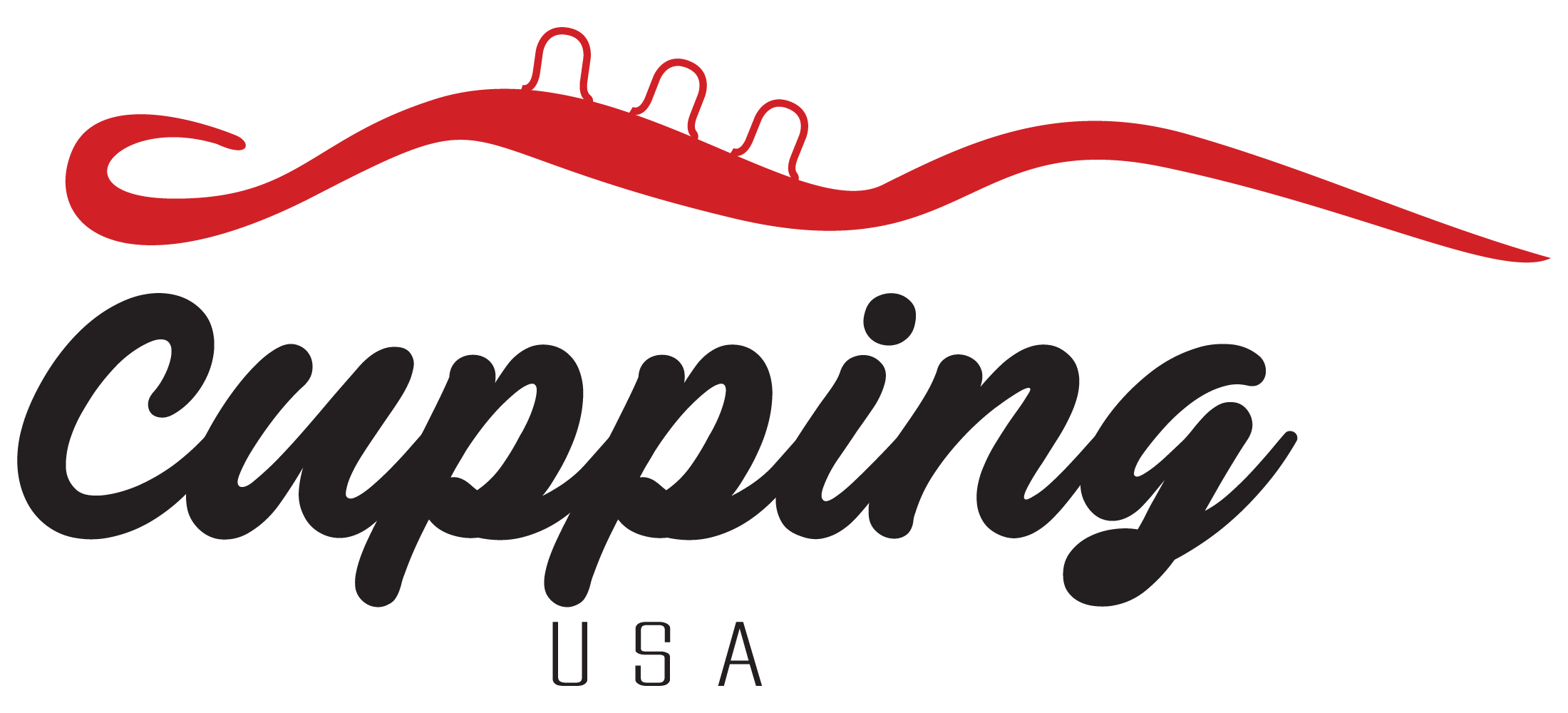Author: Paul Kohlmeier, BPE, RMT, R.Ac.
A regular question that comes from practitioners is...how should I clean my cups? Cups fall under the categories of Noncritical Medical Equipment/Devices or Semicritical Medical Equipment/Device.
Noncritical: Equipment/device that either touches only intact skin (but not mucous membranes) or does not directly touch the client/patient/resident. Reprocessing of noncritical equipment/devices involves cleaning and may also require low-level disinfection (e.g., blood pressure cuffs, stethoscopes).
Semicritical: Medical equipment/device that comes in contact with nonintact skin or mucous membranes but ordinarily does not penetrate them (e.g., respiratory therapy equipment, transrectal probes, specula). Reprocessing semicritical equipment/devices involves meticulous cleaning followed by, at a minimum, high-level disinfection.
“Failure to use disinfection products or processes appropriately has repeatedly been associated with the transmission of healthcare associated infections.”
Public Health Agency of Canada/Health Canada
In all situations, regardless of the kind of cup that you are using, the health standards should be followed when cleaning your cups. Health Canada outlines that the following methods are not acceptable for achieving proper disinfection/sterilization:
- boiling
- ultraviolet light
- glass bead sterilization
- microwave ovens
- chemiclave sterilization
Best Practice for Cleaning Your Cups:
Sort and Soak: Unless they can be cleaned immediately, your cups should be sorted and then submerged in water and detergent to prevent the organic matter from drying on them. For vacuum cups, complete disassembly of each item is necessary to allow effective cleaning. Heavy or nonimmersible items should be wrapped in, or covered with, a wet towel.
Remove Organic Material: Use a detergent or enzymatic cleaner to ensure your cups are clean and all visible material on the cup has been removed. Detergent is used to reduce surface tension and suspend the soil in water.
Rinse: A thorough rinsing is necessary to remove all the soil and cleaning agent from the items, to avoid spotting and to ensure thorough cleanliness. Depending upon the quality of the available water supply, the final rinse may require distilled or de-ionized water. Cleaning agents (i.e., detergents) may also make surfaces slippery or leave residuals that impair equipment integrity and function. Ensure that residuals of the cleaning agent are removed to prevent neutralization of the disinfectant.
Drying: Ensure that the majority of excess water is allowed to drain off the cups. Drying prevents microbial growth so ensure that all of your cups and corresponding equipment are completely dry before disinfecting for storing or re-using on the next client.
Low Level Disinfection: Failure to use disinfection products or processes appropriately has repeatedly been associated with the transmission of infections. Low-level disinfectants include 3% hydrogen peroxide, 0.5% enhanced action formulation hydrogen peroxide, some quaternary ammonium compounds (QUATS), phenolics and diluted sodium hypochlorite (e.g., bleach) solutions. Of these, 3% hydrogen peroxide is a cheap and environmentally friendly option. Cups must be left to soak for 10 minutes to achieve low level disinfection.
- 3% solution: mix 1 part 35% food grade hydrogen peroxide with 11 parts distilled water. Ratio is 1 to 11.
- 1 Gal of distilled water and 1.5 cups 35% hydrogen peroxide or 4 L of water and 400 ml of 35% hydrogen peroxide
High Level Disinfection: High-level disinfectants include 2% glutaraldehyde, 7.5% hydrogen peroxide, 0.2% peracetic acid, 2-7% enhanced action formulation hydrogen peroxide and 0.55% ortho-phthalaldehyde (OPA). Pasteurization also achieves high-level disinfection. Of these, 7.5% hydrogen peroxide is a cheap and environmentally friendly option. Cups must be left to soak for 30 minutes to achieve high level disinfection. (If you leave them 6 hours, they will be considered sterile!)
- 7.5% solution: C1*V1 = C2*V2
- C1 = 35%, C2 = 7.5%, V2 = 1 liter.
- Rearranging for V1 = C2*V2/C1 = 7.5*1/35 = 215 ml (and fill the rest with distilled water for 1L)
Tip: If cupping therapy is a regular technique used in your treatments, ensure you have more than one set available in order that you can follow the above best practices to ensure safety for your clients.
References:
Canadian Standards Association. Decontamination of Reusable Medical Devices. CAN/CSA-Z314.8-08. 2008.
Canadian Standards Association. CAN/CSA-Z314.0-13 Medical Device Reprosessing - General requirements. 2013.
Food and Drugs Act. Medical Devices Regulations, SOR/98-282. 1998

Can Lysol wipes be used solely for cleaning and disinfecting silicone cups for massage?
Is there a product you recommend for cleaning cups?